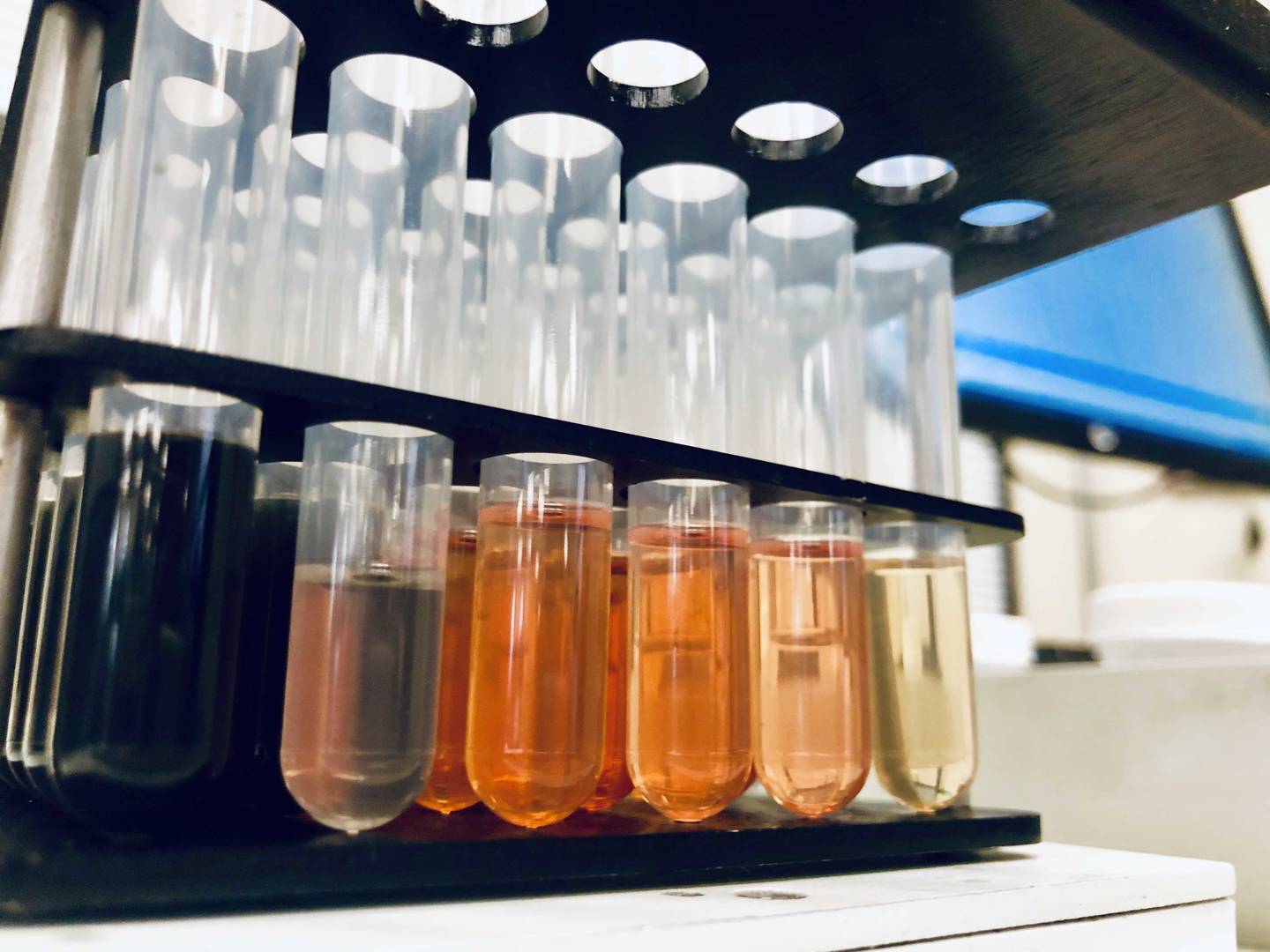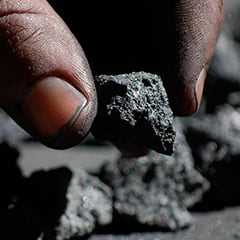EnviroMail 02 United Kingdom
Analysis of 6:2 FTAB in waters
ALS has extended our testing capabilities to include analysis of 6:2 fluorotelomer sulfonamide alkylbetaine (6:2 FTAB)
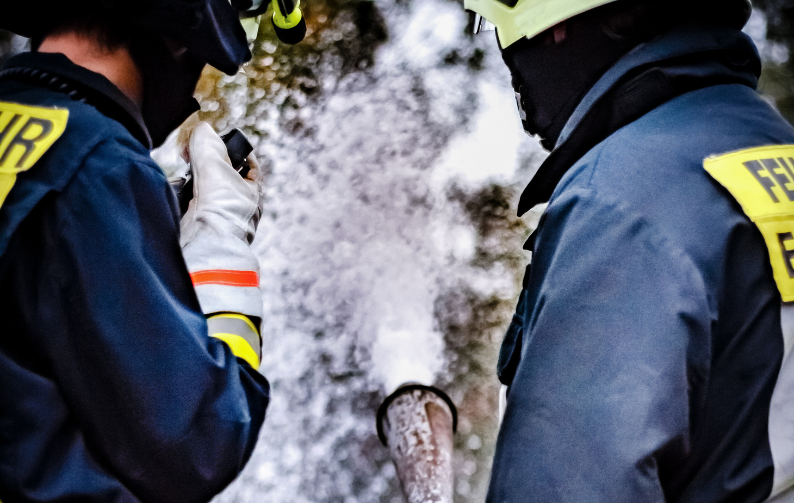
ALS has extended our testing capabilities to include analysis of 6:2 fluorotelomer sulfonamide alkylbetaine (6:2 FTAB) (CAS number 34455-29-3) (Carboxymethyldimethyl-3-[[(3,3,4,4,5,5,6,6,7,7,8,8,8 tridecafluorooctyl)sulfonyl]amino]propylammonium hydroxide). 6:2 FTAB is a member of the group of chemicals known as per- and polyfluoroalkyl substances (PFAS). It is a component of aqueous film forming foams (AFFF). 6:2 FTAB has been used as an alternative for perfluorooctane sulfonate (PFOS).
PFAS have become a major focus of worldwide concern including here in the UK. Fluorotelomer-based surfactants are one of the active constituents in AFFF products. AFFF are a type of Class B firefighting foams which are used to extinguish fires fuelled by a range of flammable liquids including oils, gasoline, solvents and alcohols.
Recent studies have highlighted the importance of analysis of 6:2 FTAB (Environment Agency 2021, UK Water Industry Research (UKWIR)(2023)) in surface water, groundwater and effluent. In 2022, this substance was also subject to further toxicological review by the US Environmental Protection Agency (USEPA) under their Toxic Substances Control Act (TSCA).
Published Research
Several investigations have identified 6:2 FTAB as a major fluorinated surfactant present in AFFF formulations. It was reported in Capstone 1157 (Forafac 1157) surfactant and AFFF from Angus Fire, Fire Service Plus and National Foam (Chemours, STHAMEX® -AFFF 3% F-15 #4341; Dr. Sthamer; 3M; National Foam; F-500, Hazard Control Tech., 1997 (Foam 1); Angus Fire, 2004 Tridol S; Angus Fire, 2000 Niagara 1-3) (Wood, Ramboll, Cowi, 2021).
It is one of the few zwitterionic polyfluorinated substances to frequently appear in the research relating to AFFF-impacted sites. Despite being zwitterionic, 6:2 FTAB has an anionic terminal charge, which influences its fate and transport characteristics. 6:2 FTAB has been detected in groundwater (Liu et al., 2022, Nickerson et al., 2021), surface water (Chen et al., 2020, D’Agostino and Mabury, 2017), soil (Dauchy et al., 2019, Liu et al., 2022, Mejia-Avendano et al., 2017, Meng et al., 2021, Nickerson et al., 2021) and sediments (D’Agostino and Mabury, 2017).
Table 1 Broad Suite (TM 434)
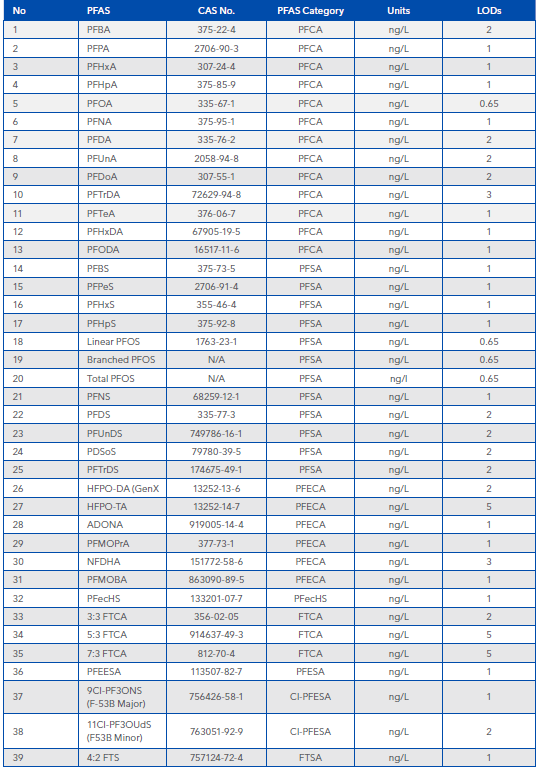

Samples are extracted using solid phase extraction (SPE) and analysed by liquid chromatography coupled with a triple quadrupole mass spectrometer (LC-MS/MS). Samples should be collected using digitubes (ZB tube reference). To minimise effects from analyte sorption on sample containers, analysis is carried out of the entire sample including the container rinsate. Two containers should be collected per sample. The holding time for analysis of PFAS is 14 days.
| Test method | LC-MS/MS |
| Method | TM 434 |
| Sample containers | 2x Digi tubes |
| Holding time | 14 days |
For further information please contact:
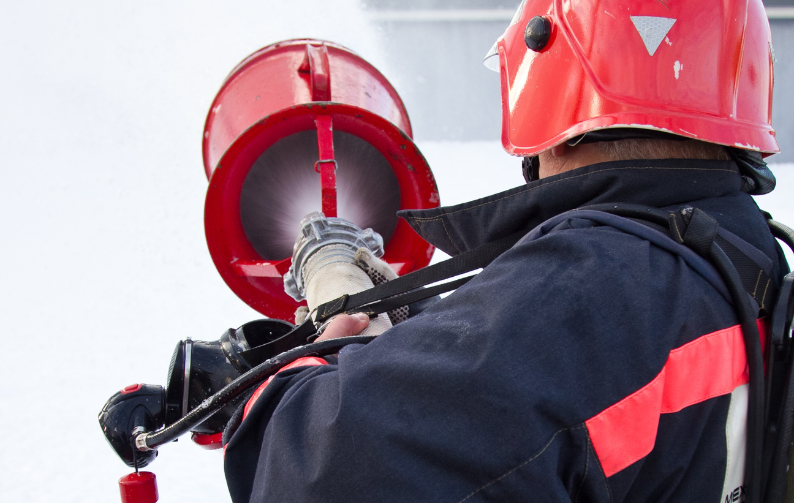
Testing of Firefighting Foams to determine PFAS concentrations using TOP Assay
ALS is pleased to offer new analysis capabilities for firefighting foam.
Learn more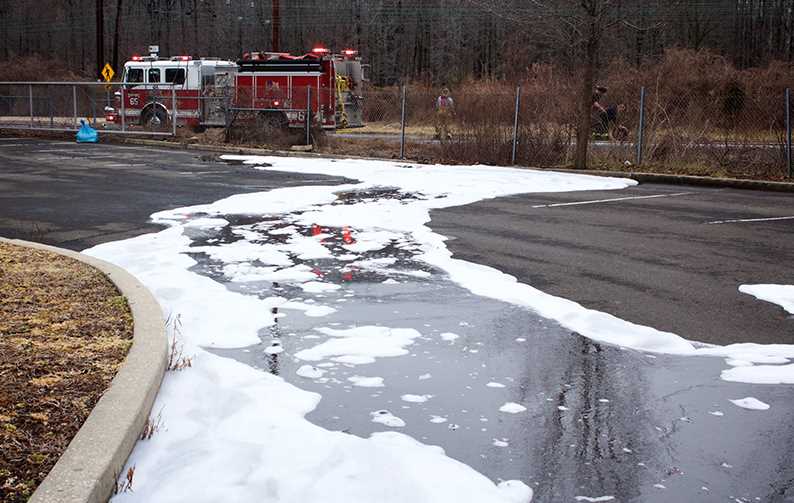
New PFAS regulations are coming: what you need to know
Discover how upcoming PFAS regulations will impact industries and how to prepare for compliance. Stay informed with our comprehensive guide.
Learn more
ALS announces global lead on PFAS
ALS invests in the expanding PFAS subsector of its Environmental business with the appointment of UK-based Geraint Williams as Global PFAS Practice Lead.
Learn more





